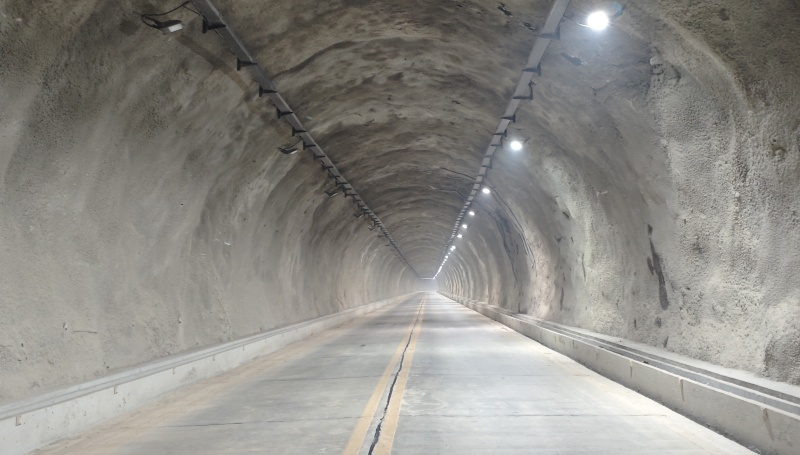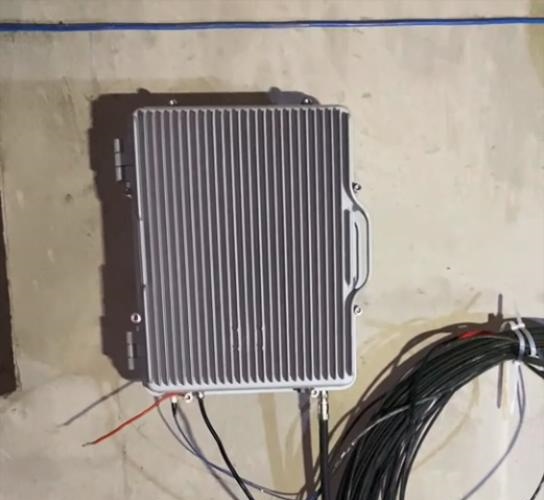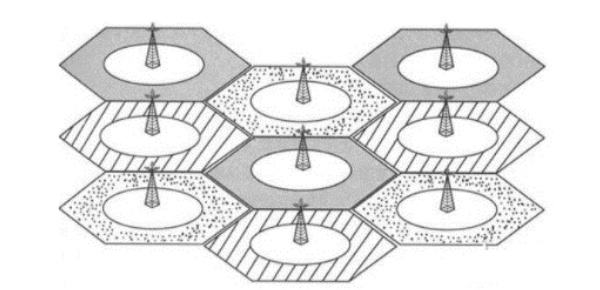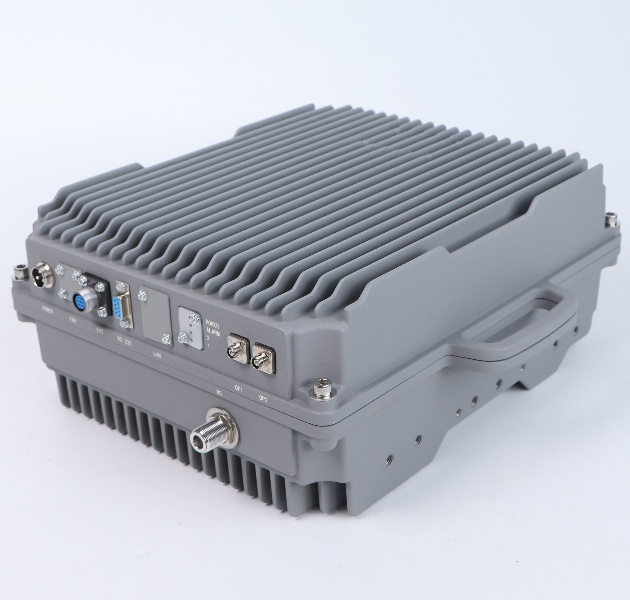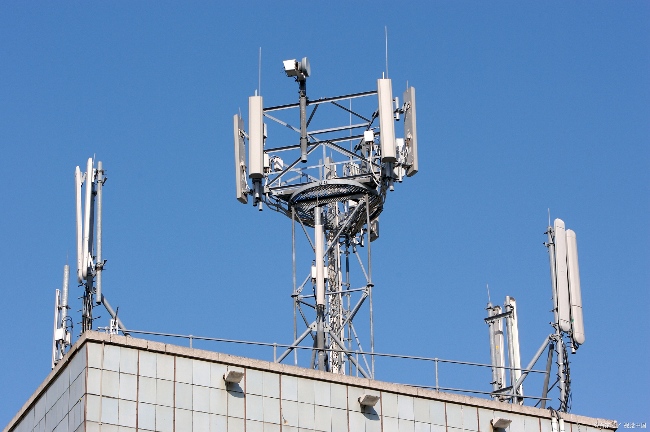Background: Fiber Optic Repeater Application in a Rural Area
In recent years, Lintratek has completed numerous mobile signal coverage projects using its fiber optic repeater systems. These projects span complex environments, including. tunnels, remote towns, and mountainous areas.
In one typical case, the project was situated in a rural area where a tunnel was being constructed. The client deployed Lintratek’s dual-band fiber optic repeater, which was installed on-site and powered up. Although mobile phones displayed full signal bars, users were unable to make calls or connect to the internet, highlighting a frustrating issue: signal display without actual communication service.
Lintratek 20W Fiber Optic Repeater
Technical Investigation: Diagnosing the Signal Breakdown
Upon receiving the customer’s complaint, Lintratek’s technical support engineers immediately initiated remote diagnostics. Key observations included:
The repeater’s output power and alarm indicators were normal
The client even replaced both the near-end and far-end units, yet the issue persisted.
Given that the system health appeared normal and considering the remote rural location, the team suspected a network-side issue—specifically, a misconfigured cell coverage radius parameter on the donor base station.
After contacting the local mobile network operator, it was confirmed that the cell coverage parameter radius was set to only 2.5 km. However:
The distance between the base station antenna and the repeater’s indoor antenna exceeded 2.5 km
When including the fiber optic cable distance between near-end and far-end units, the effective coverage requirement was even greater.
The Cell Coverage Radius Parameter
Solution:
Lintratek recommended the client coordinate with the mobile operator to increase the cell coverage radius parameter to 5 km. Once this parameter was adjusted, mobile phones on-site immediately regained full functionality—both voice calls and mobile data services were restored.
Key Takeaways: Fiber Optic Repeater Optimization in Rural Areas
This case reveals a critical insight for signal coverage projects in rural areas using fiber optic repeaters:
Even when devices show full signal, communication may fail if the logical coverage radius of the donor base station is misconfigured.
Lintratek 5G Digital Fiber Optic Repeater
Why Cell Coverage Radius Parameter Settings Matter
A cell coverage radius parameter —it’s a logical boundary within the mobile network. If a device is located outside this defined radius, it may receive signal but still be denied network access, causing calls and data to fail.
In urban areas, default cell radius parameter are often 1–3 km
In rural environments, best practice is to extend this to 5–10 km
A fiber optic repeater can effectively extend signal reach, but only if the donor base station logically includes the repeater location
Base Station
Lessons for Future Projects
When deploying a fiber optic repeater system in any rural area, network planners and engineers should:
Confirm the base station’s cell radius parameter configuration in advance
Consider both physical and logical distances in the system design
Always test post-installation signal not only for strength but also for actual service usability (calls/data)
Conclusion: Lintratek’s Commitment to Reliable Rural Signal Solutions
This case reflects Lintratek’s deep experience in resolving real-world mobile signal issues using advanced solutions like fiber optic repeaters and commerical mobile signal boosters. By combining rapid technical support with practical system knowledge, Lintratek ensures its customers—especially in rural areas—receive stable, reliable mobile connectivity.
As rural development accelerates and infrastructure expands, Lintratek will continue to refine its designs and share best practices to empower signal coverage across the most challenging environments.
Post time: May-27-2025








